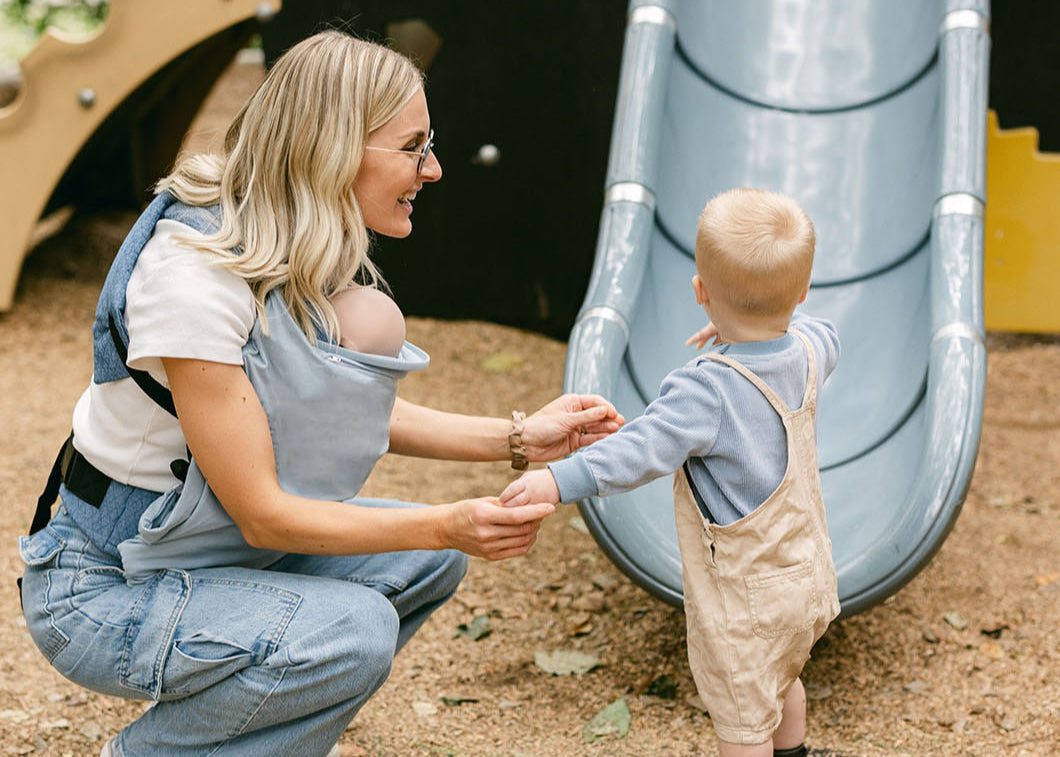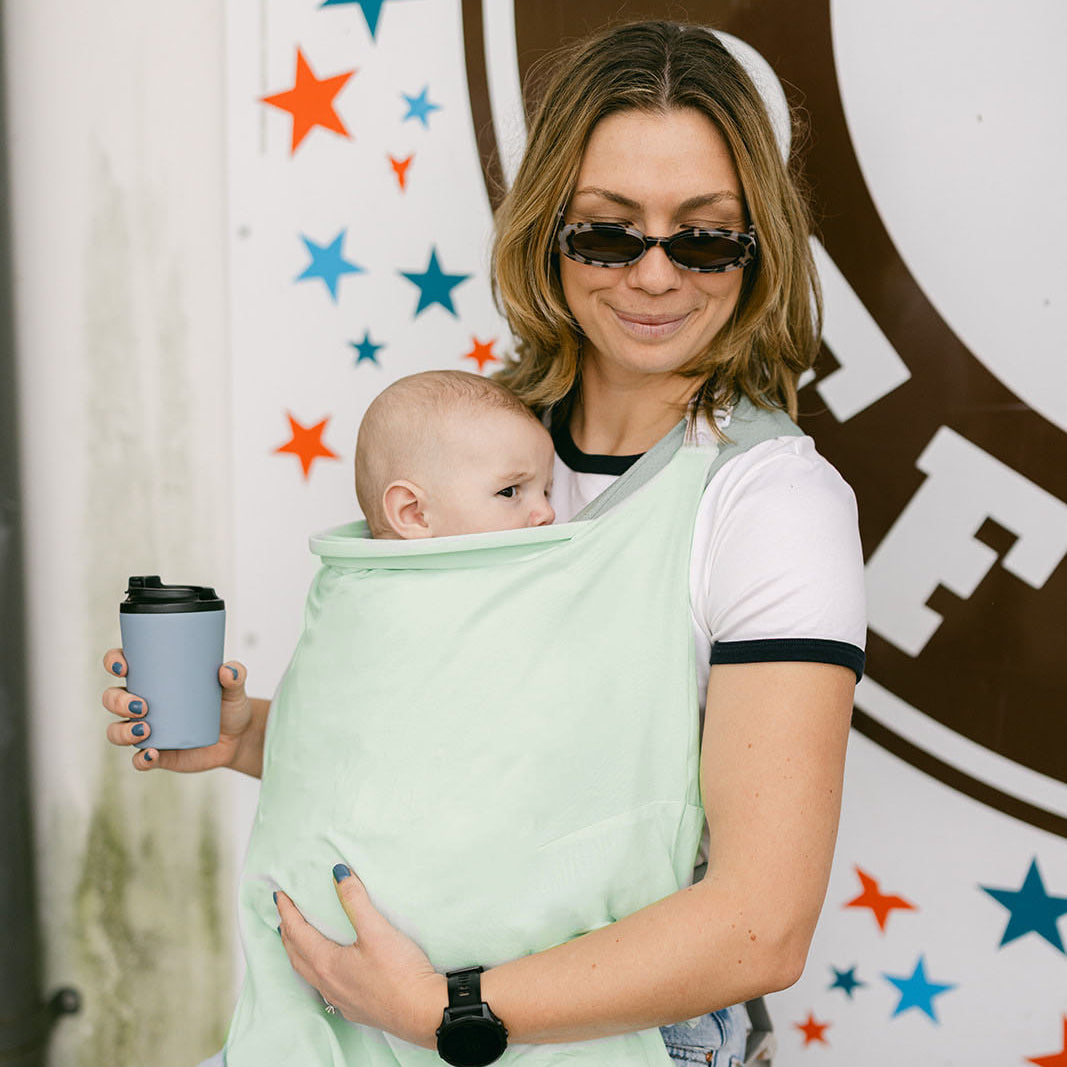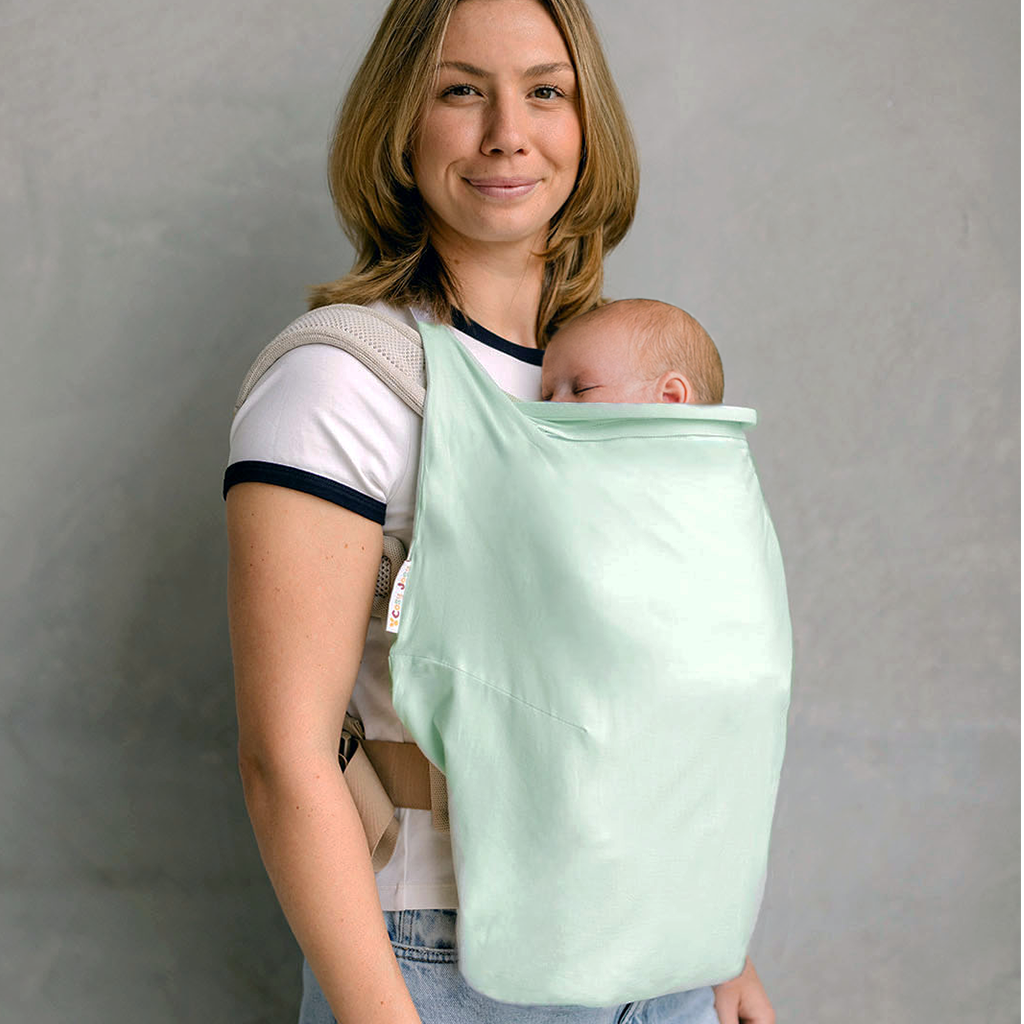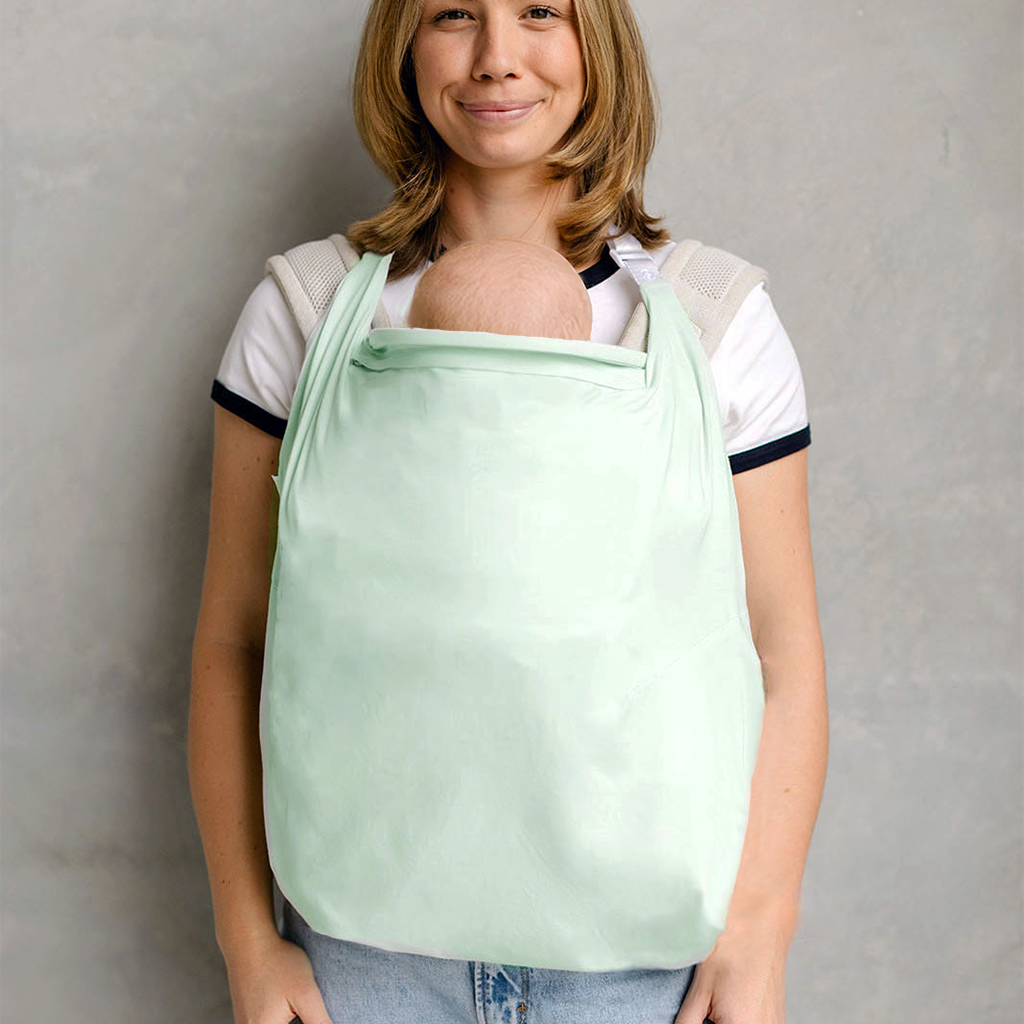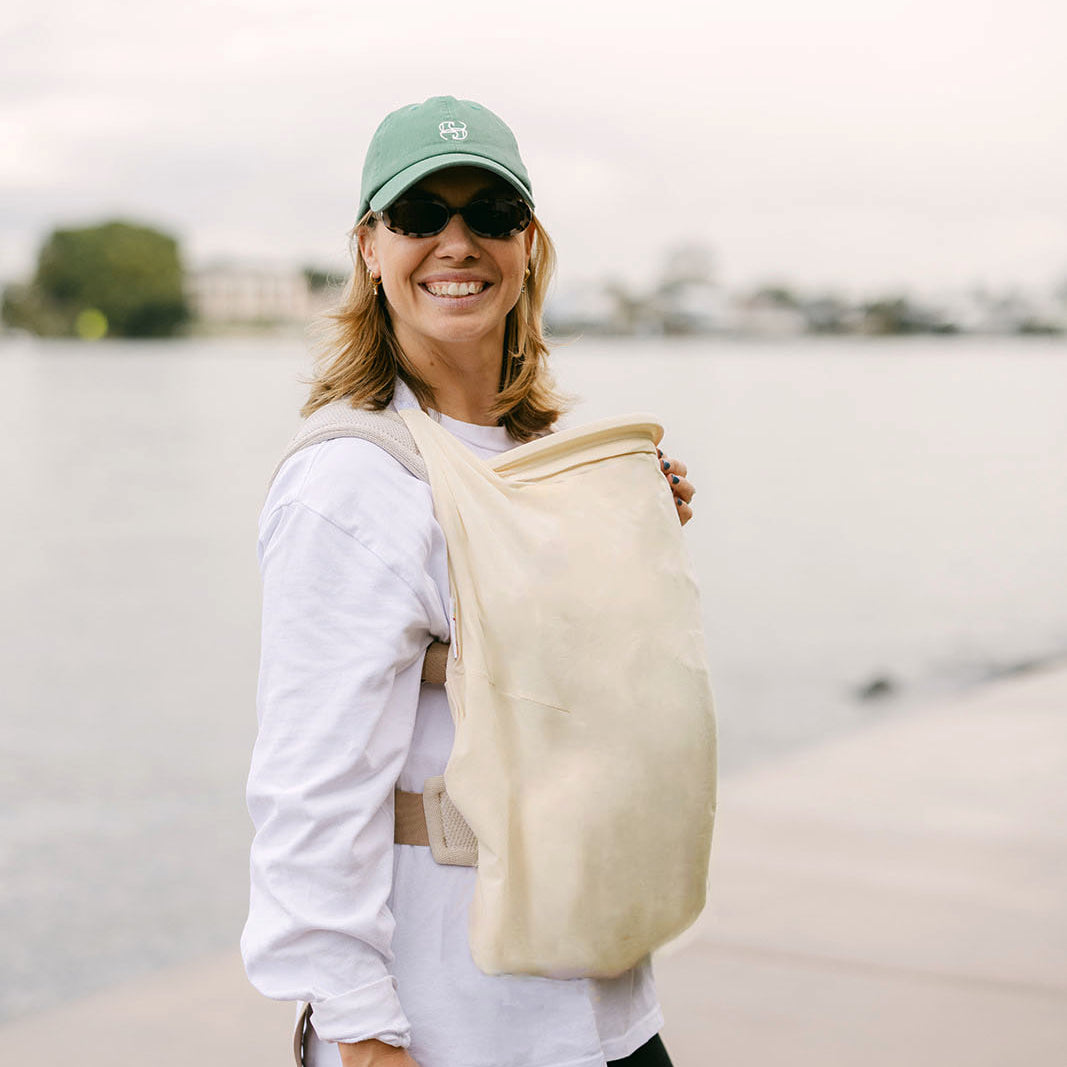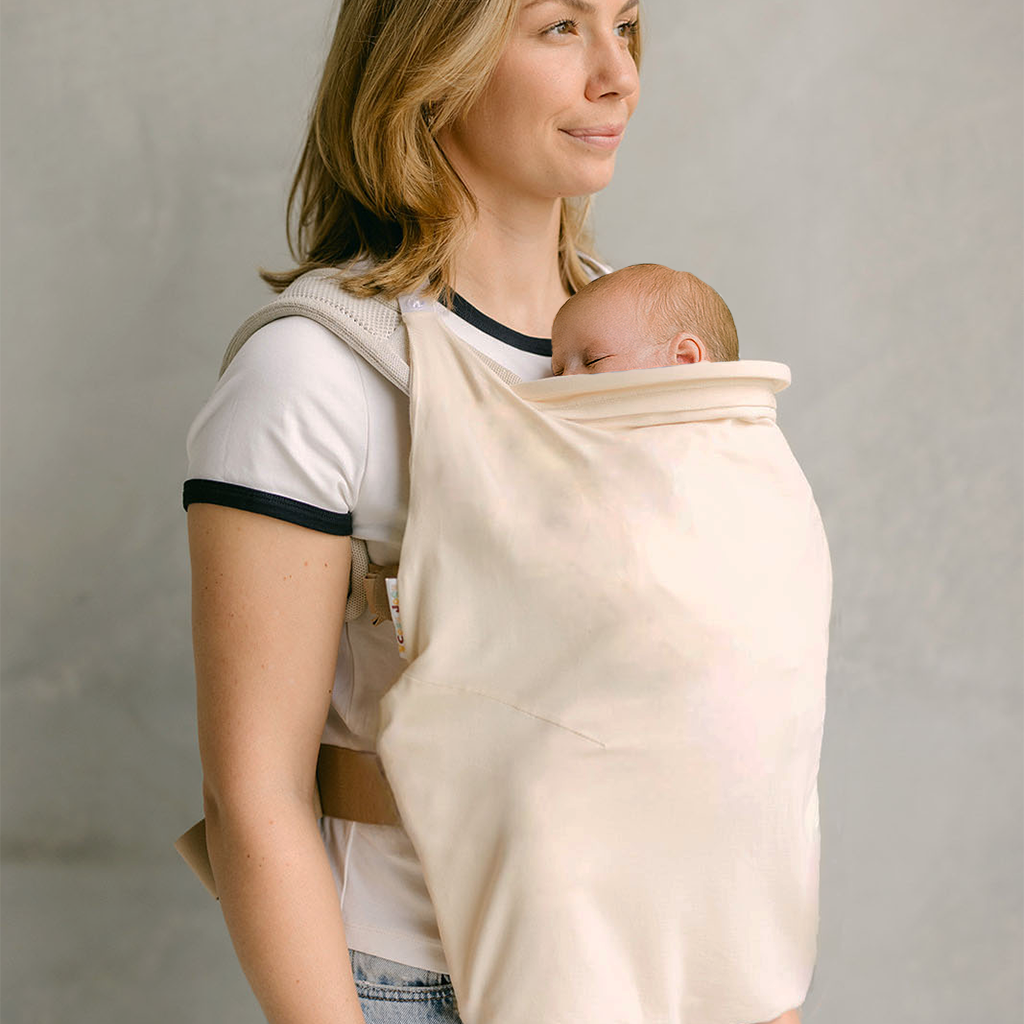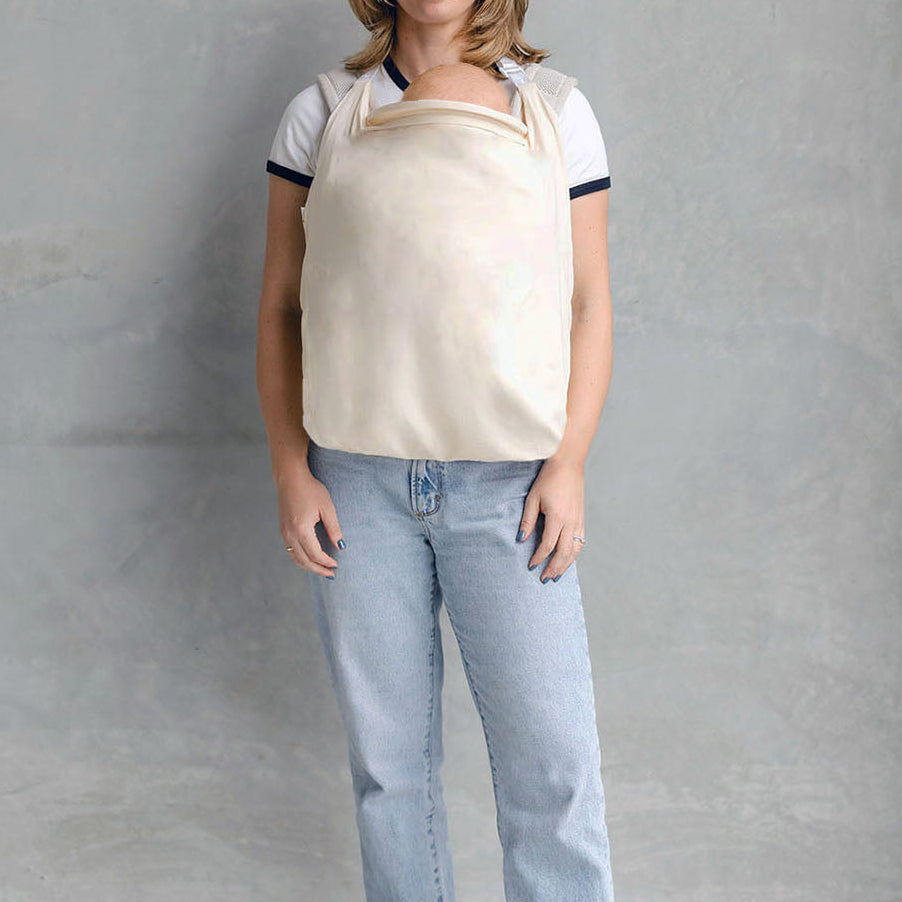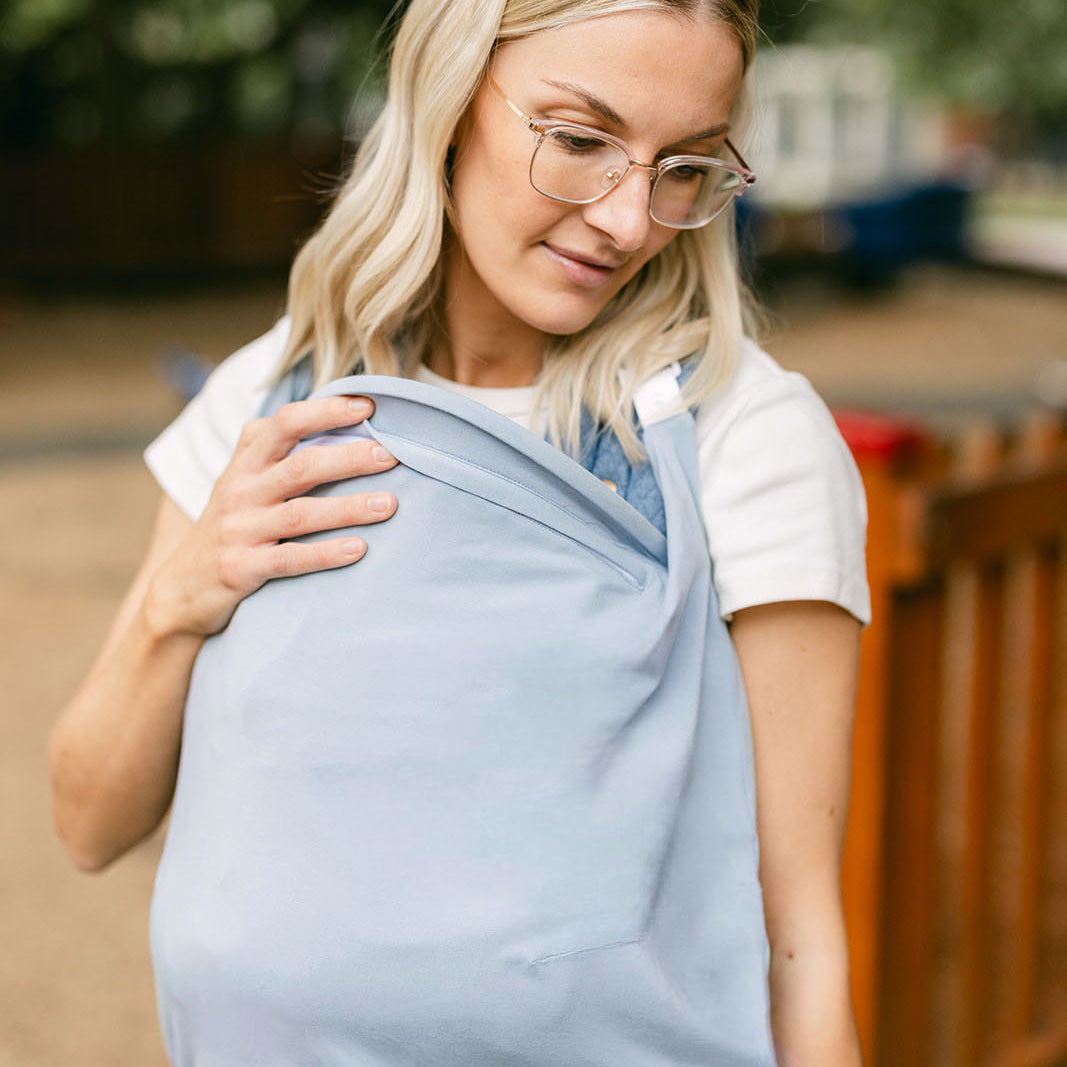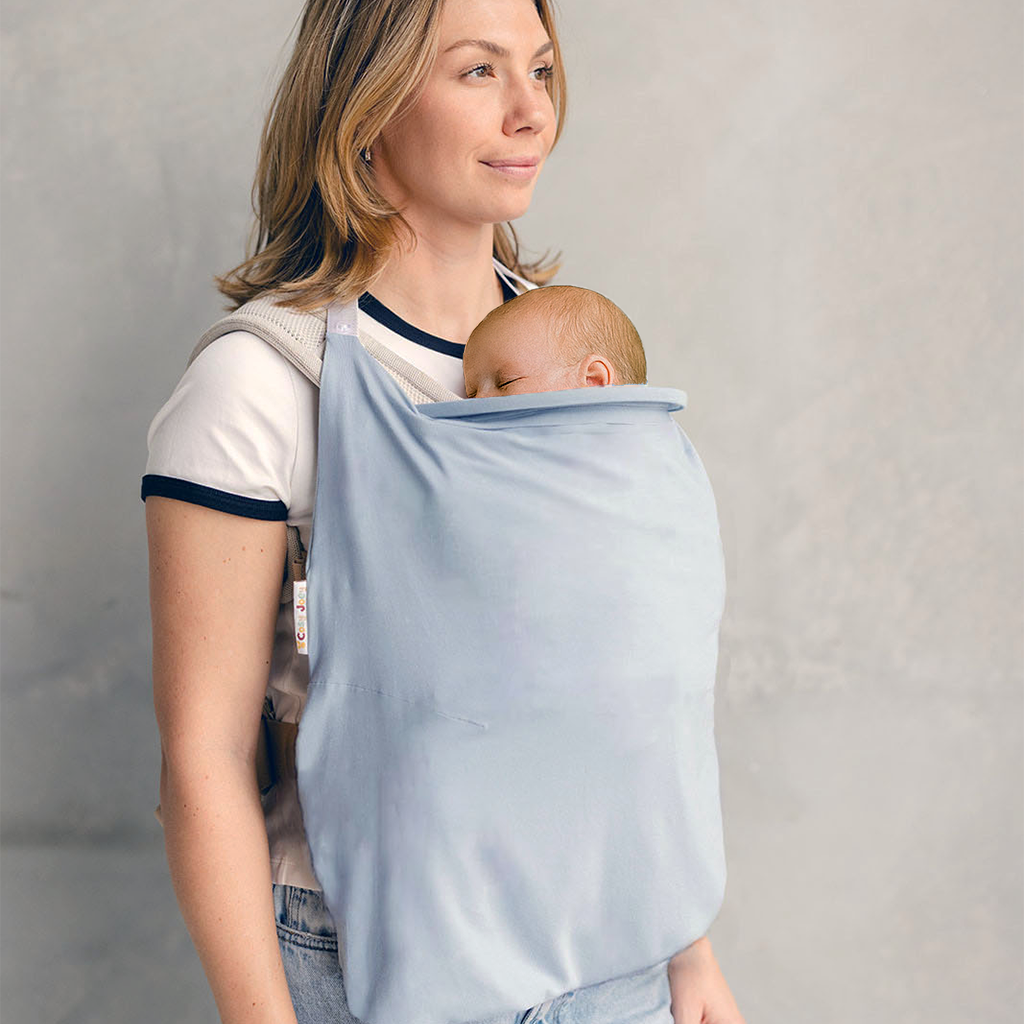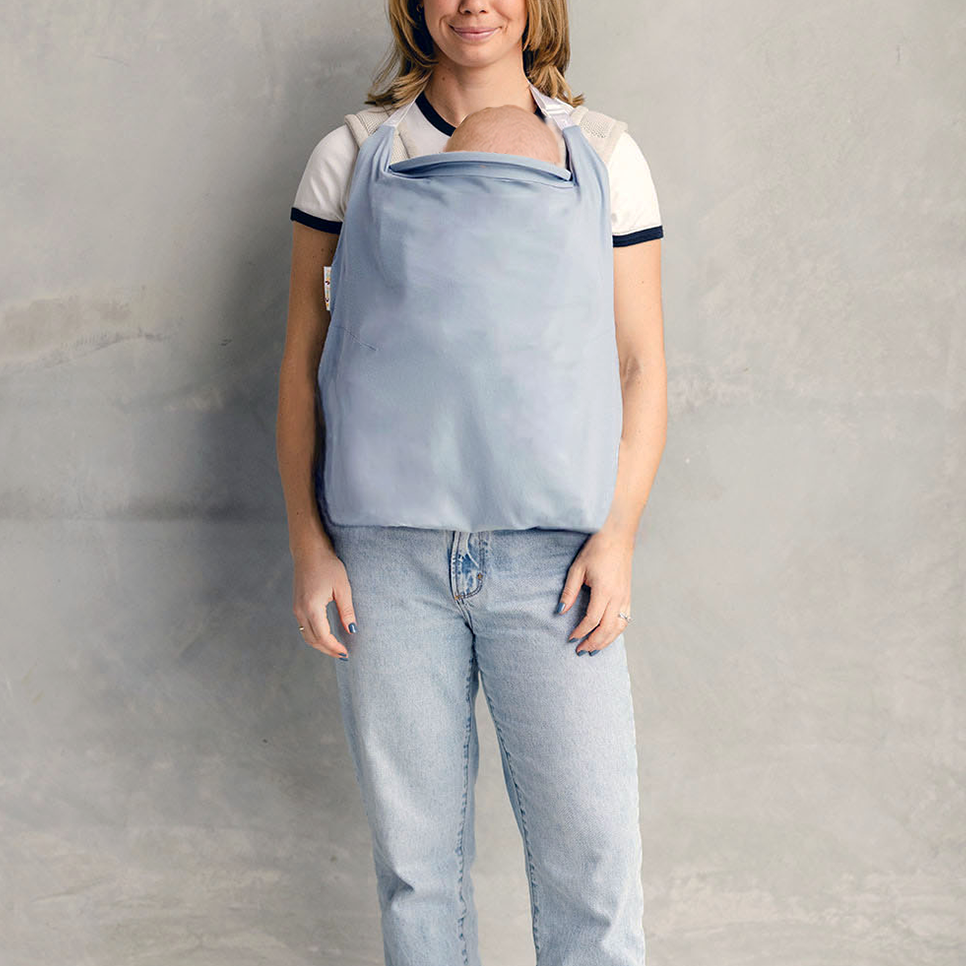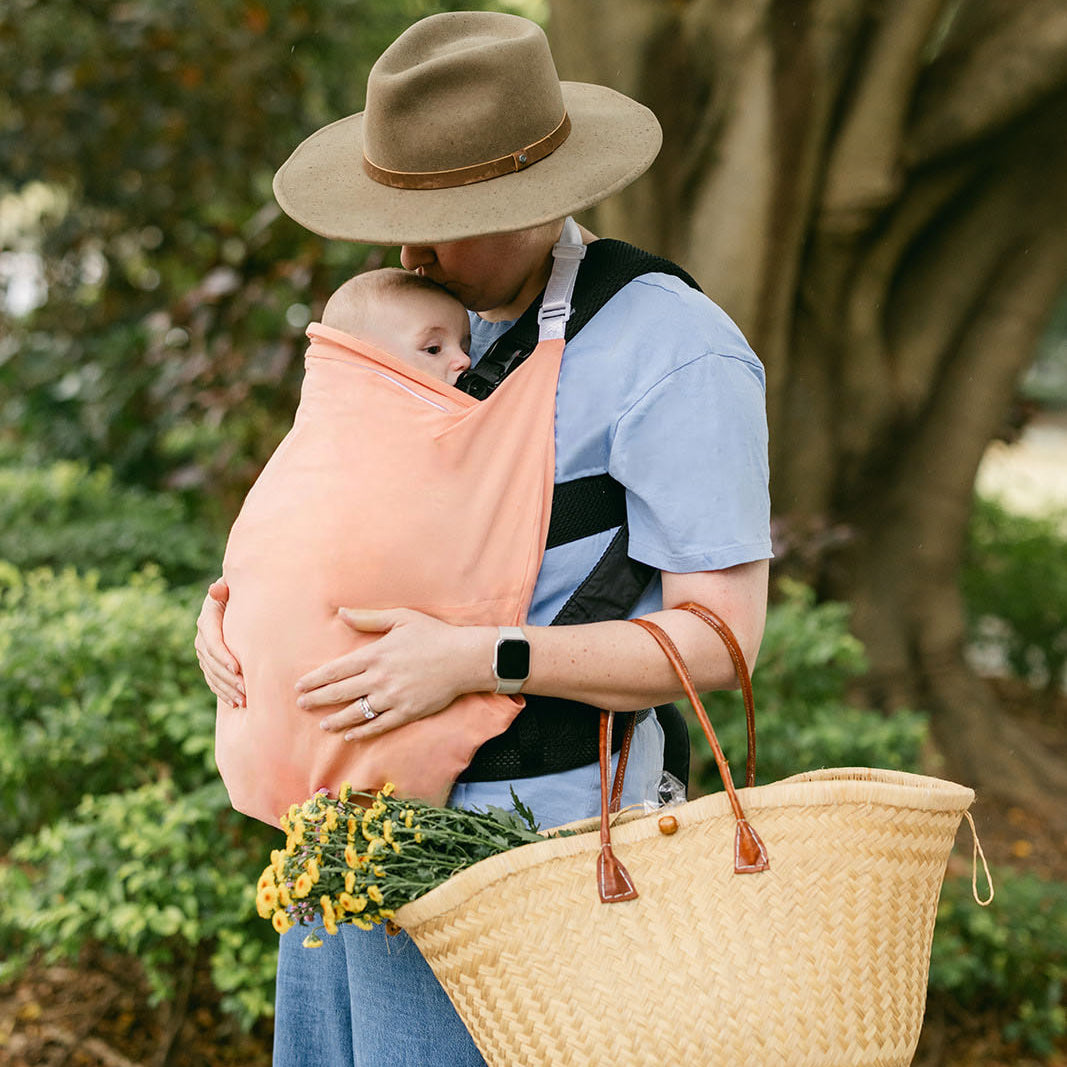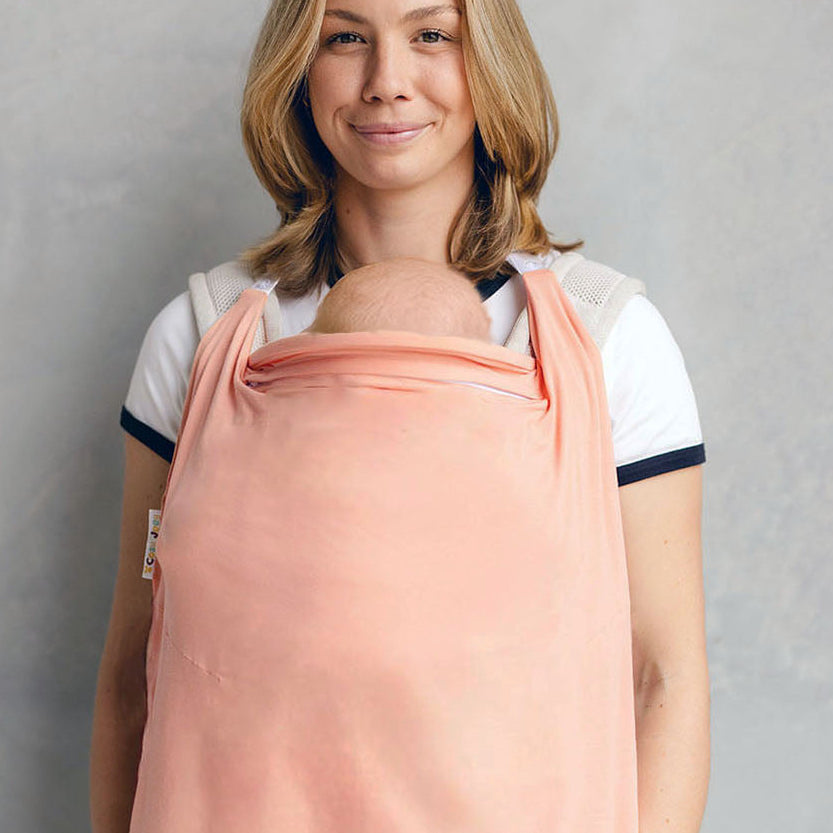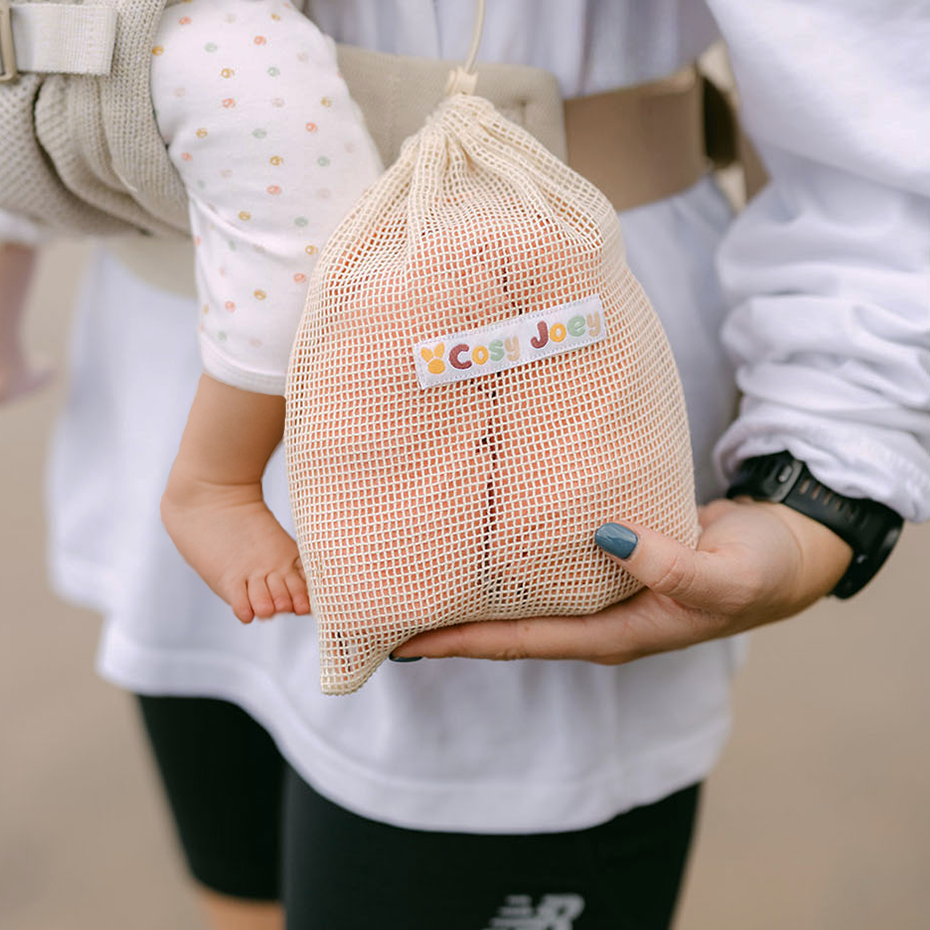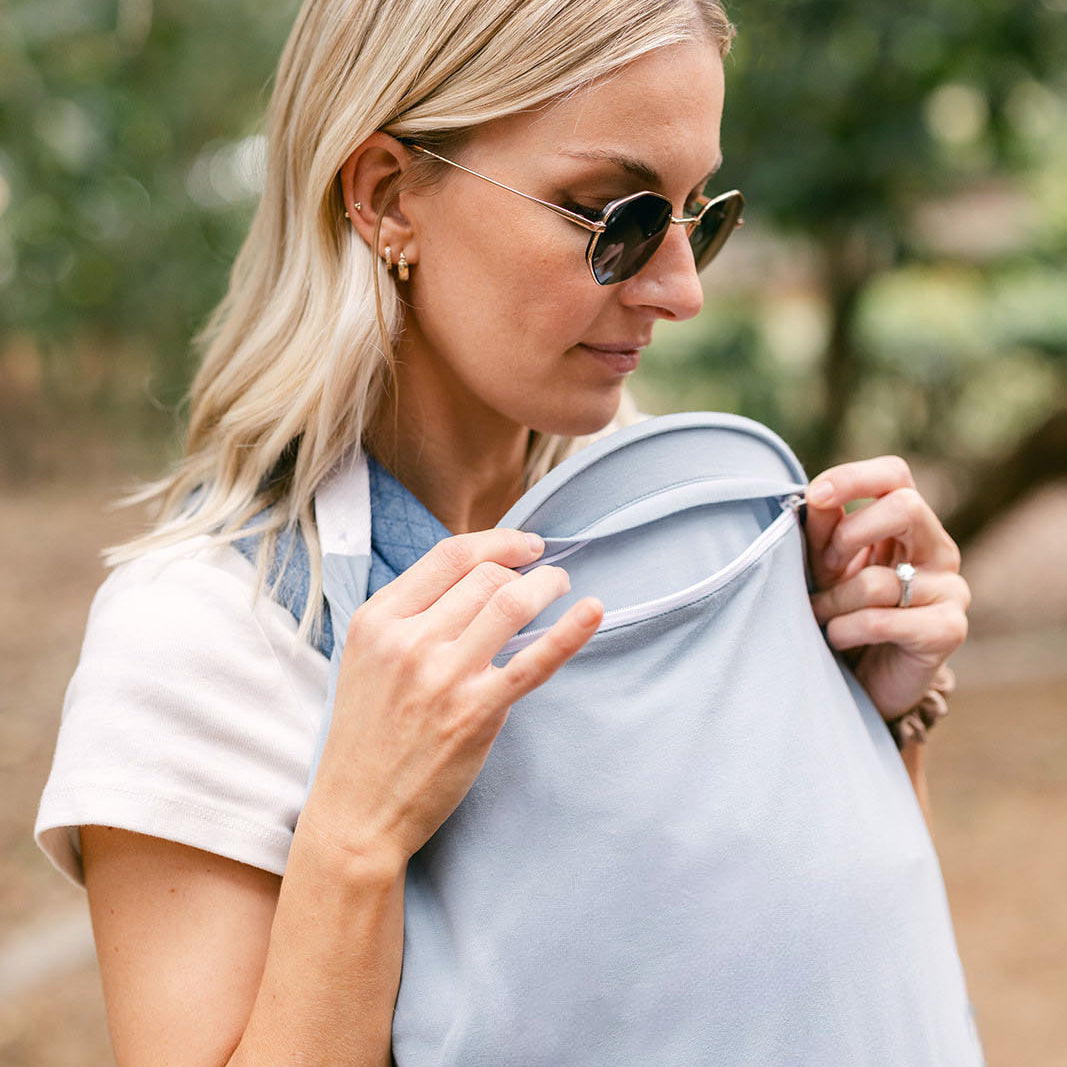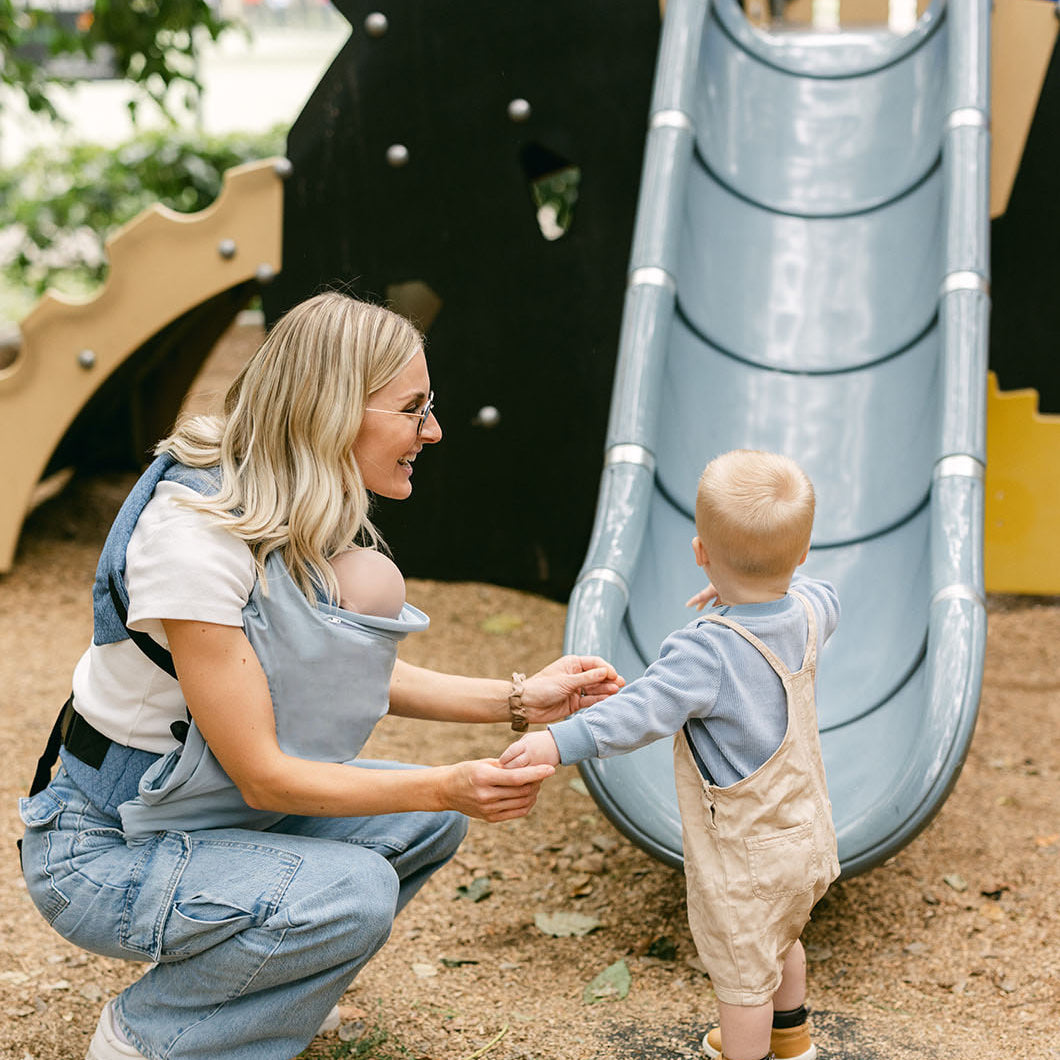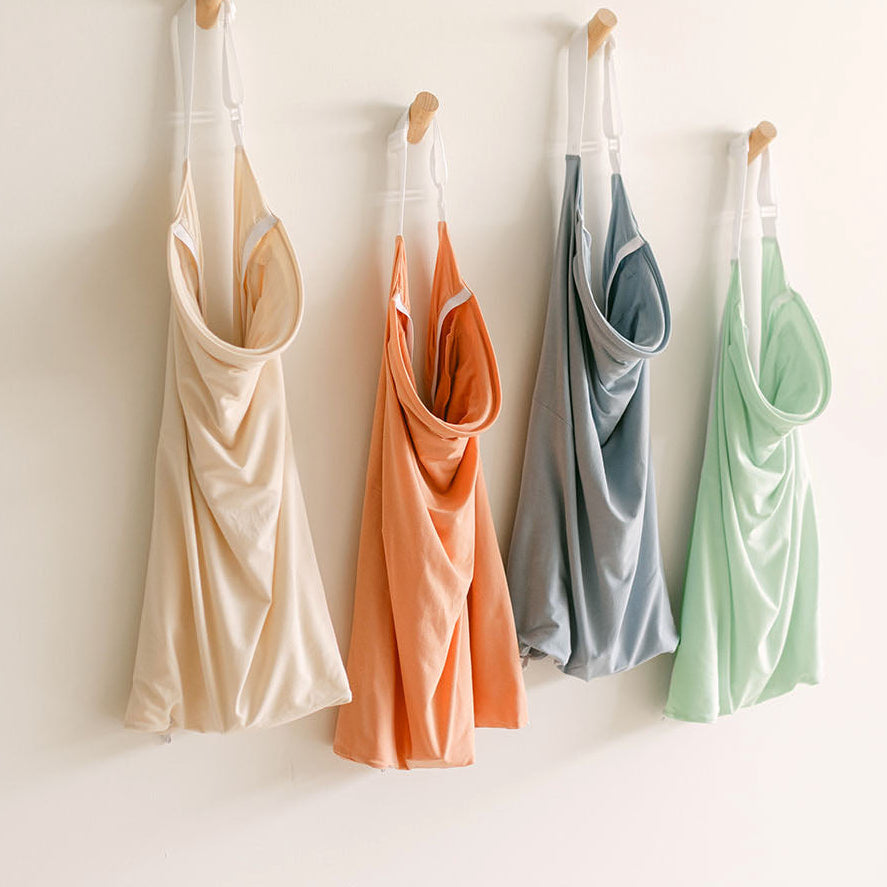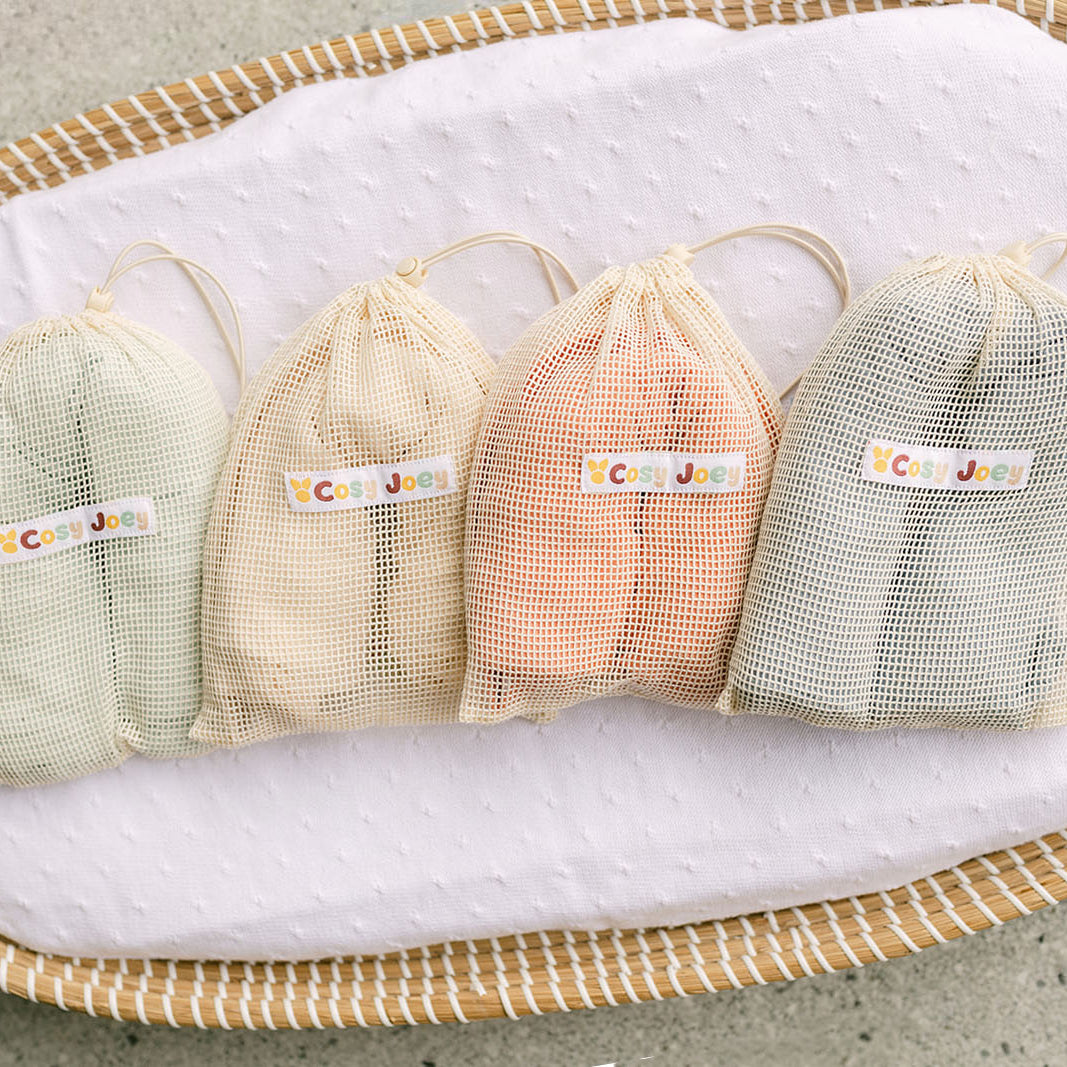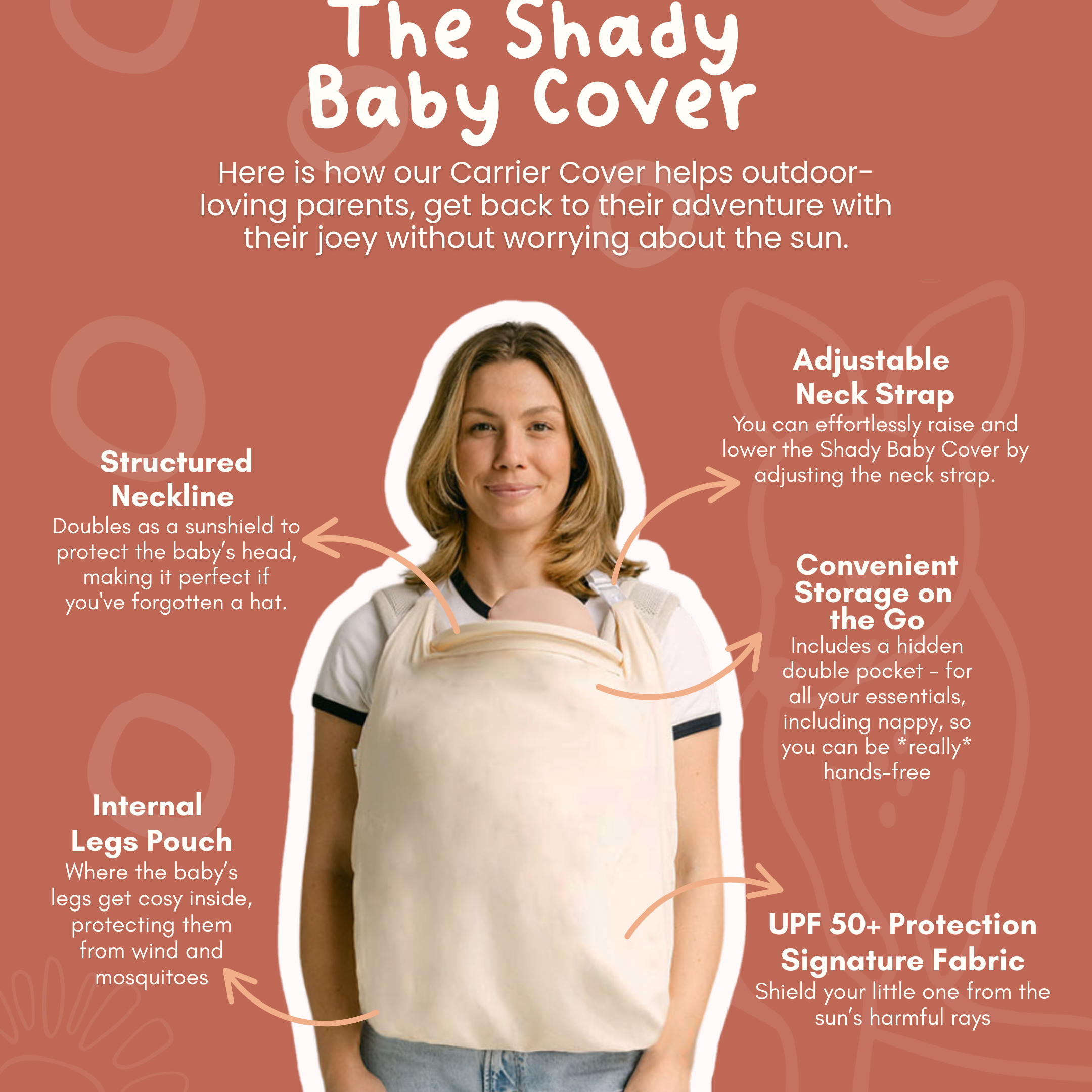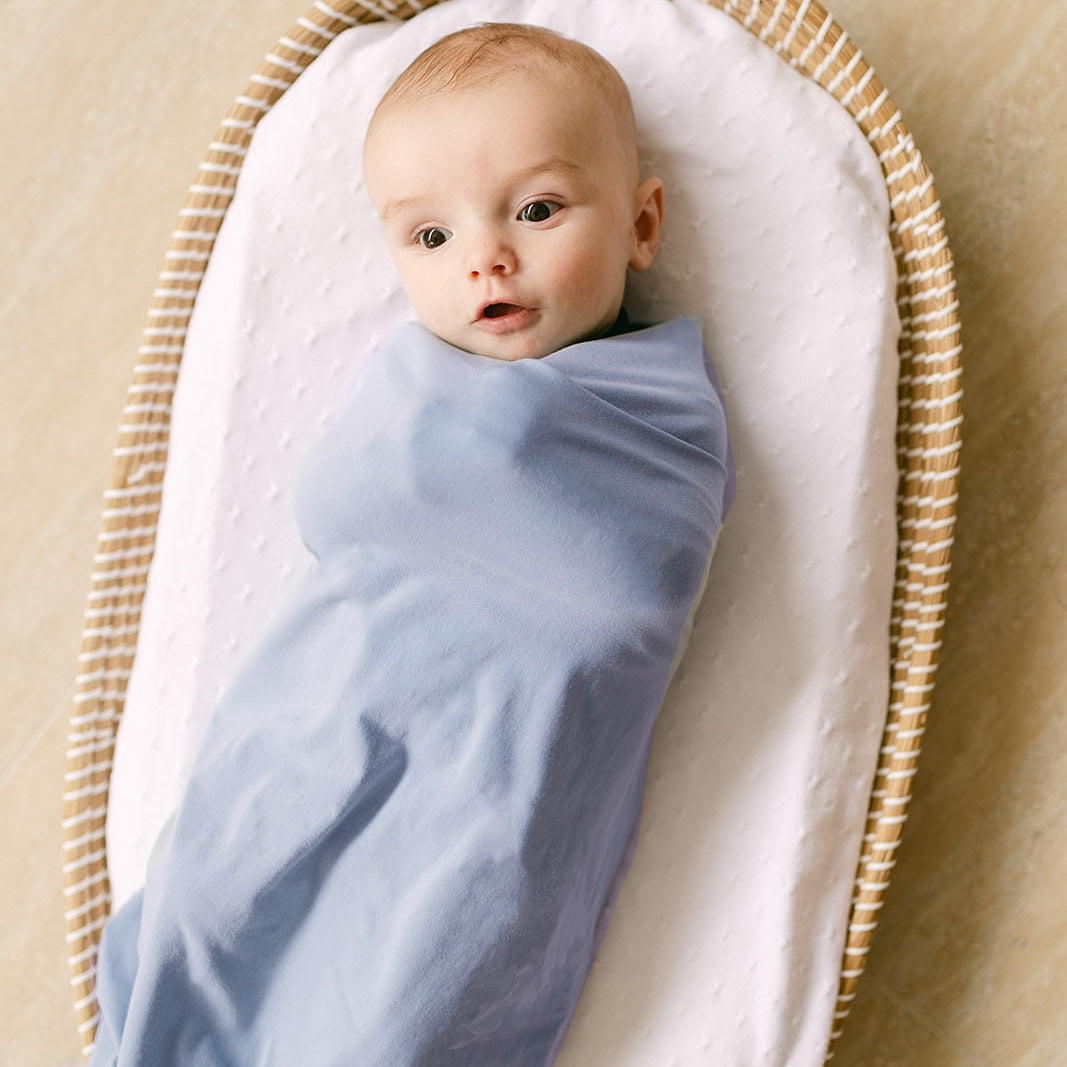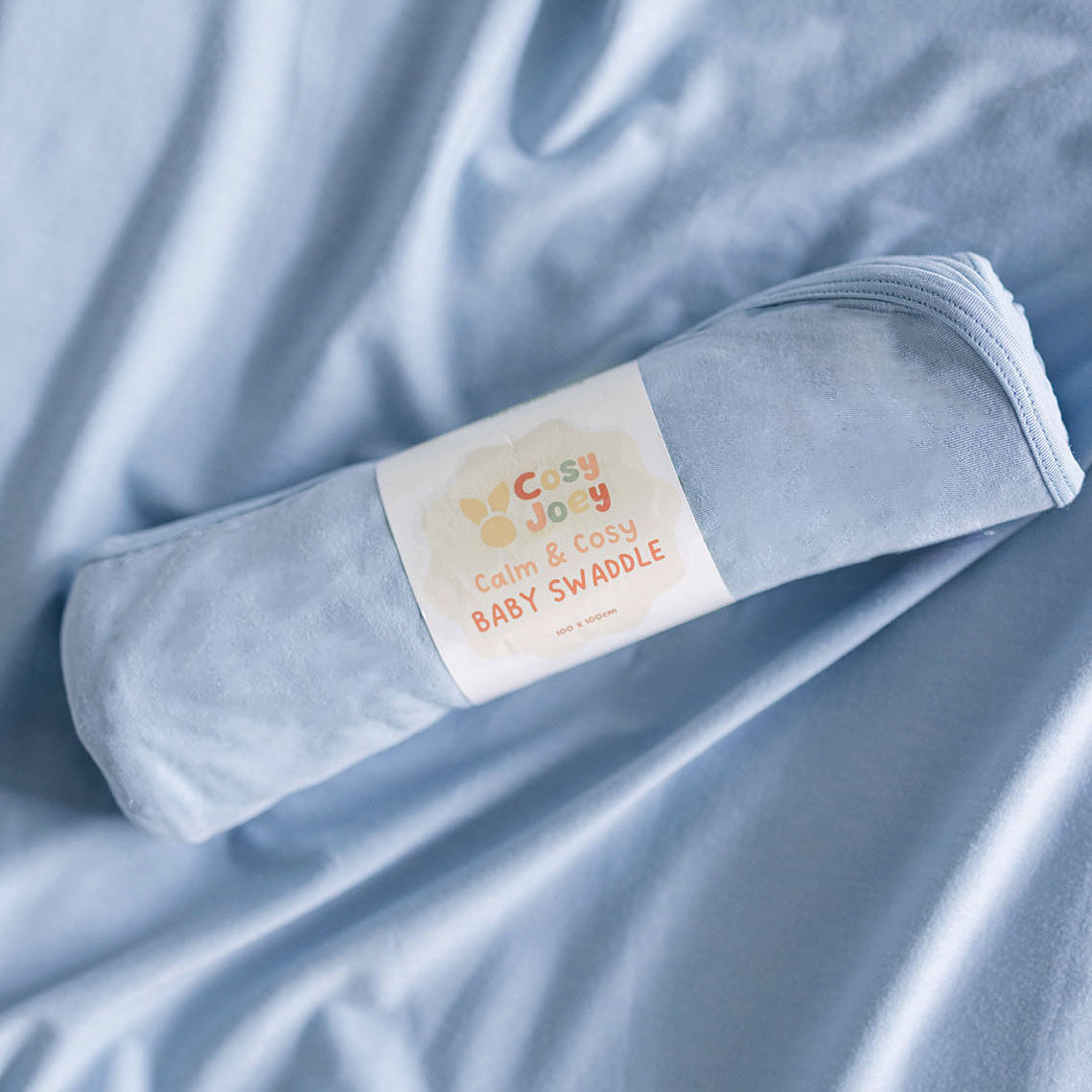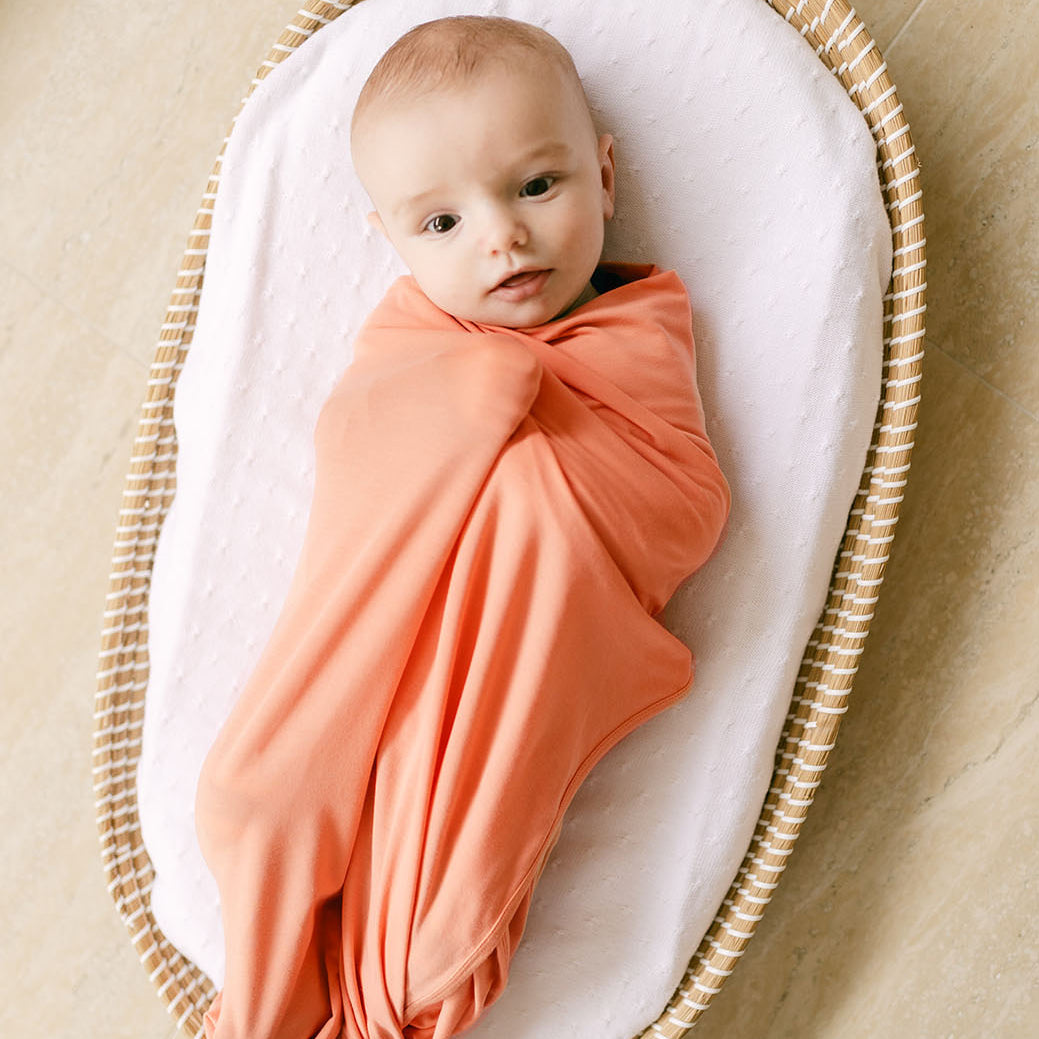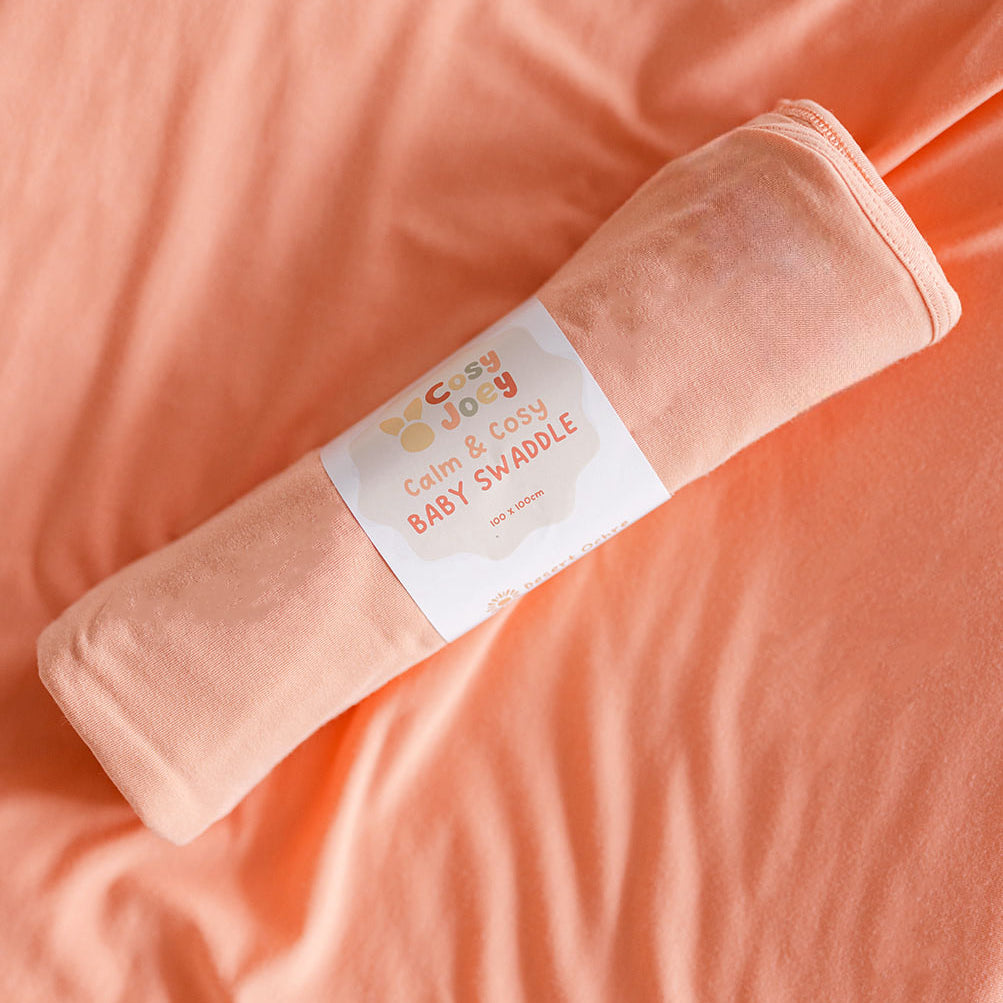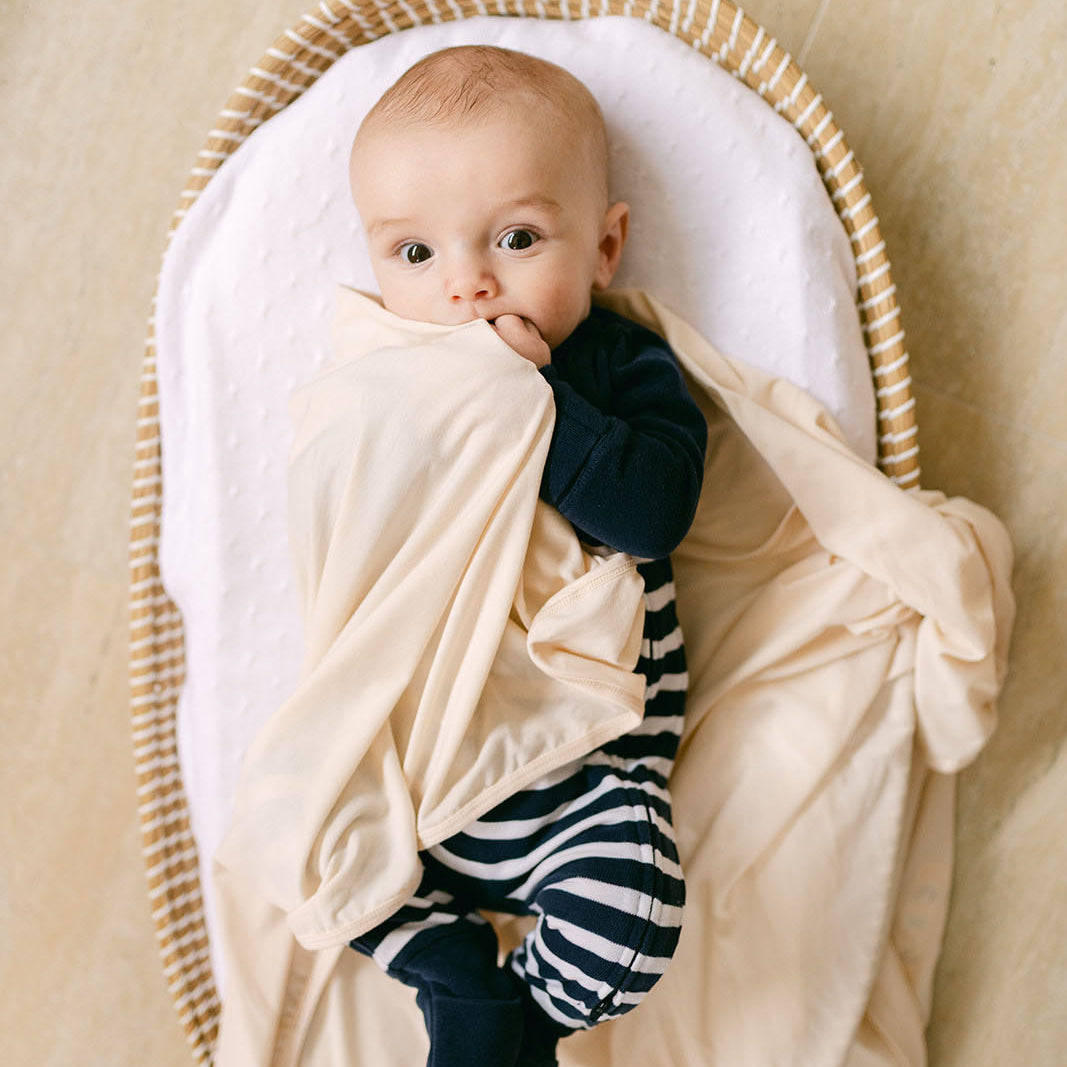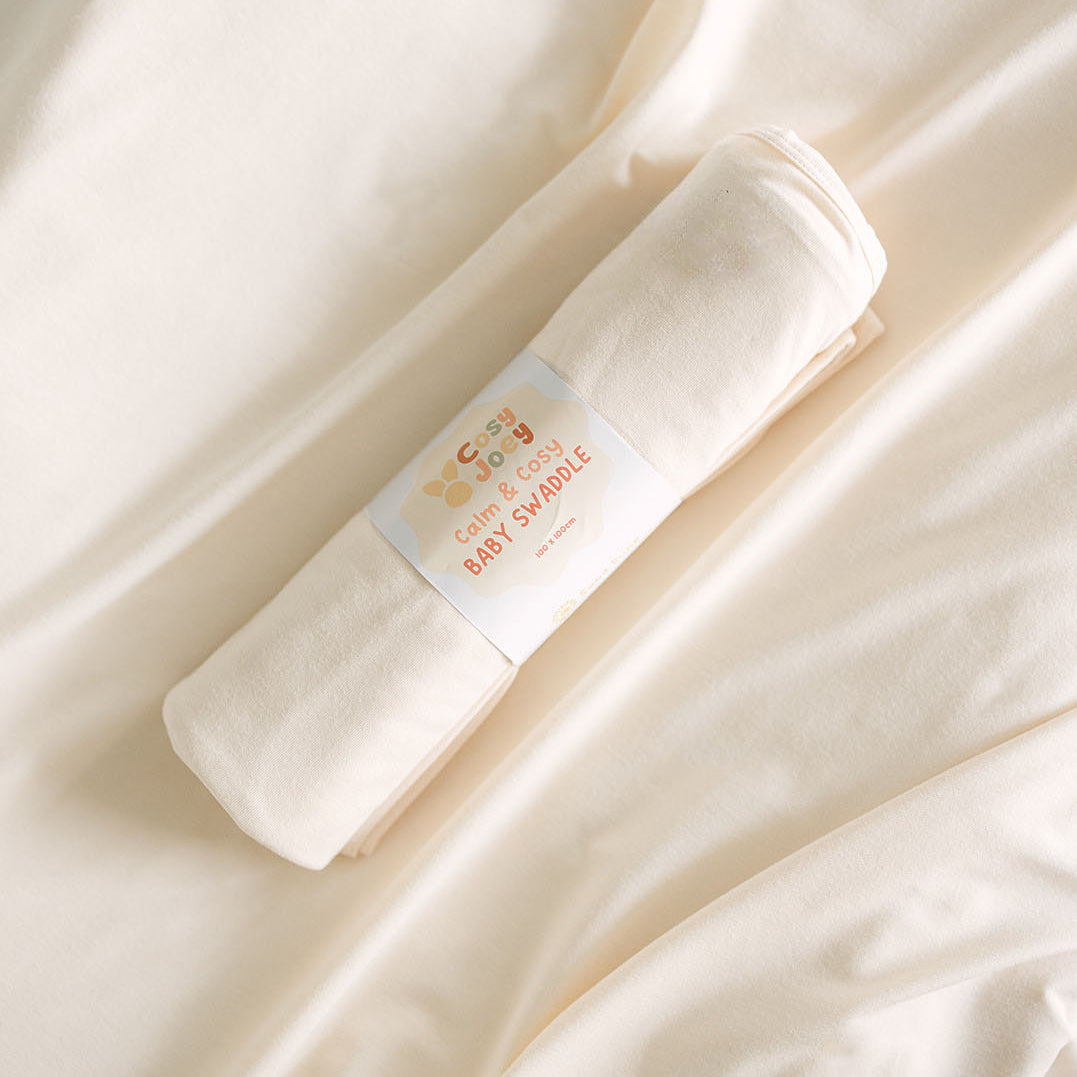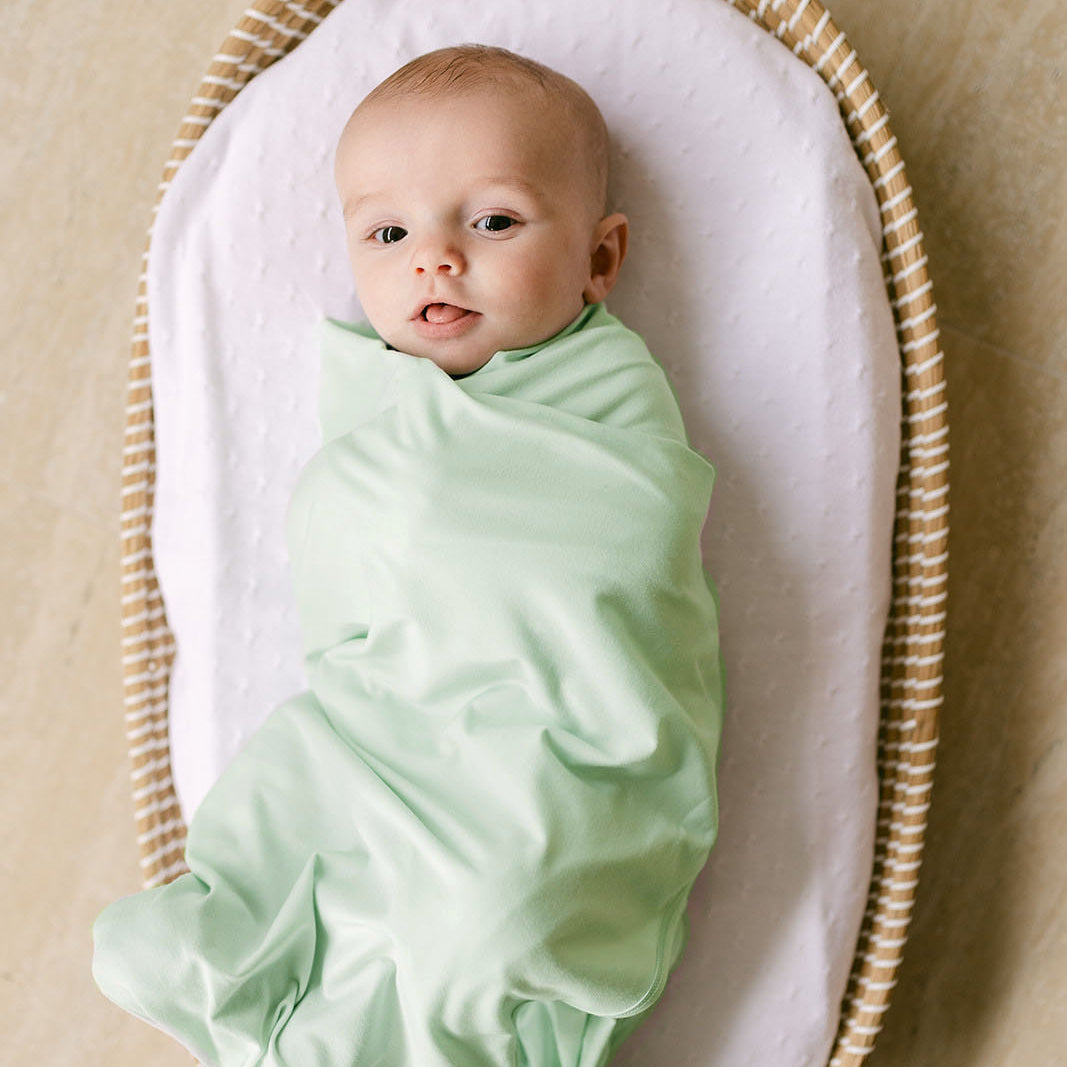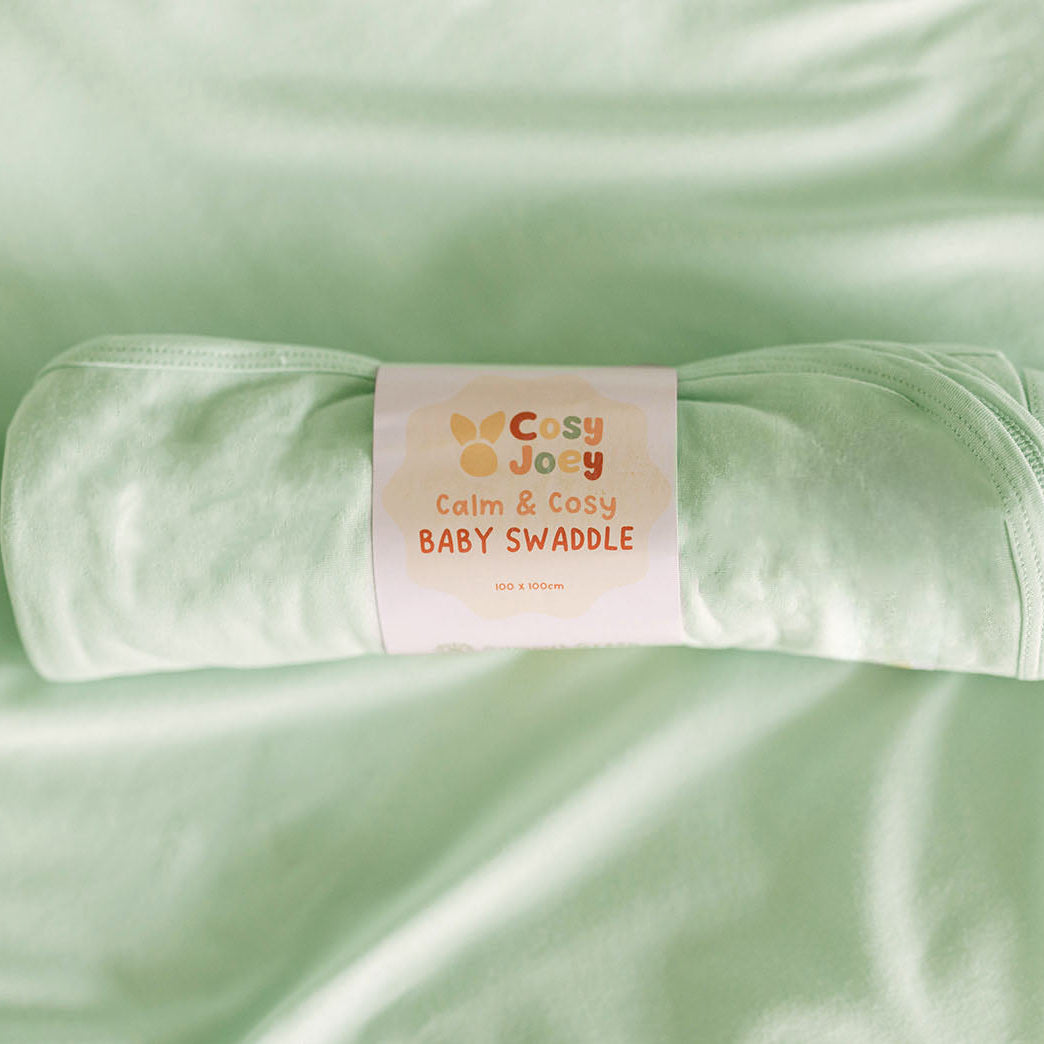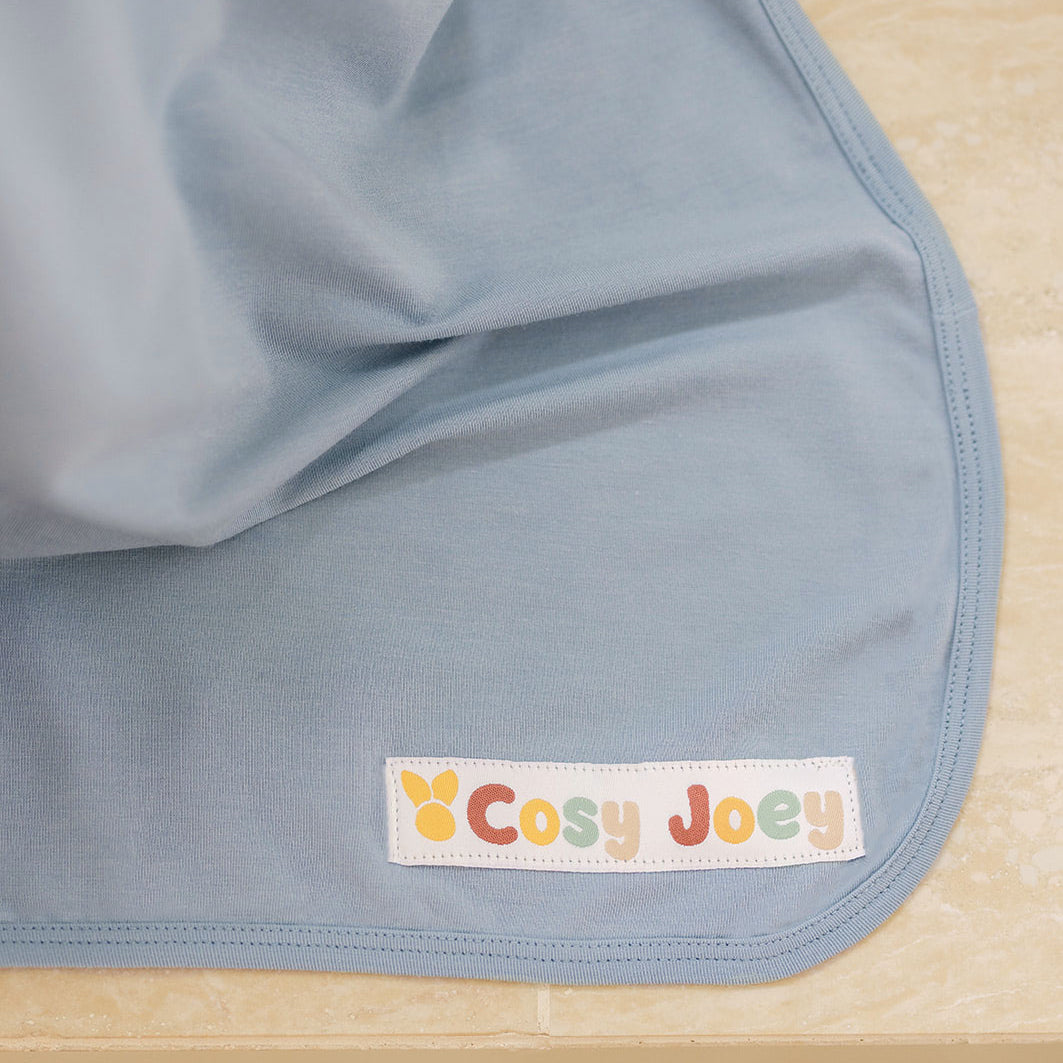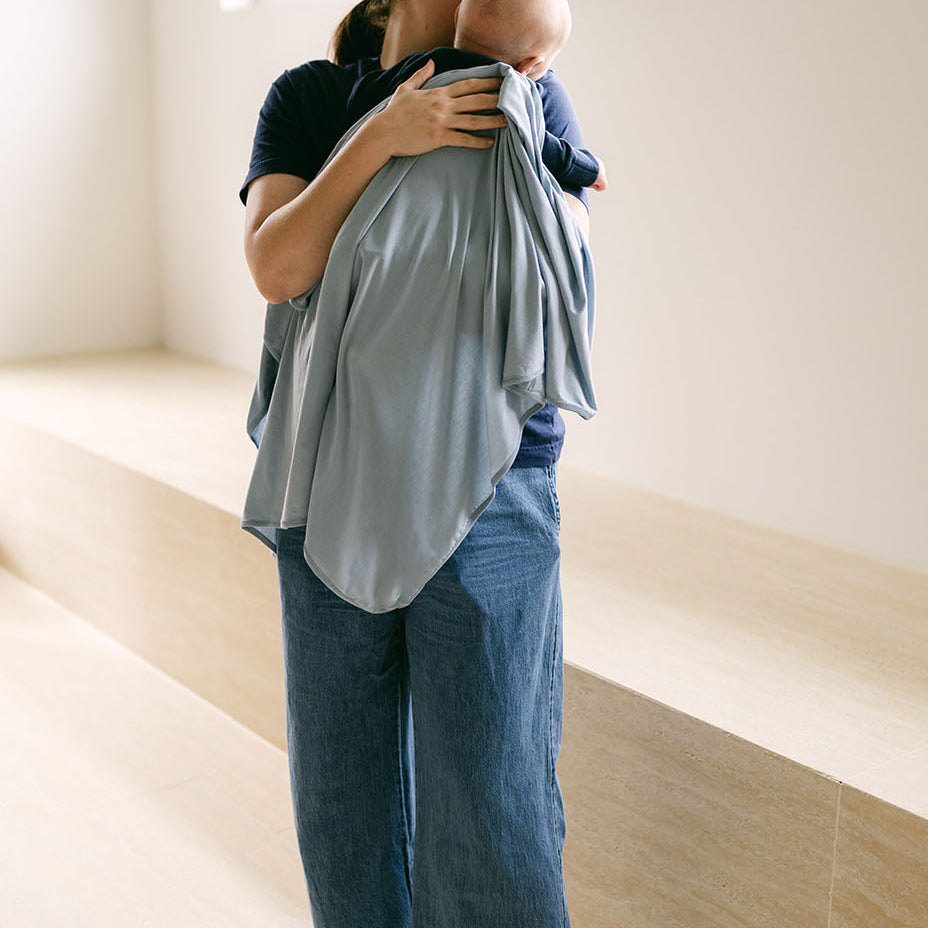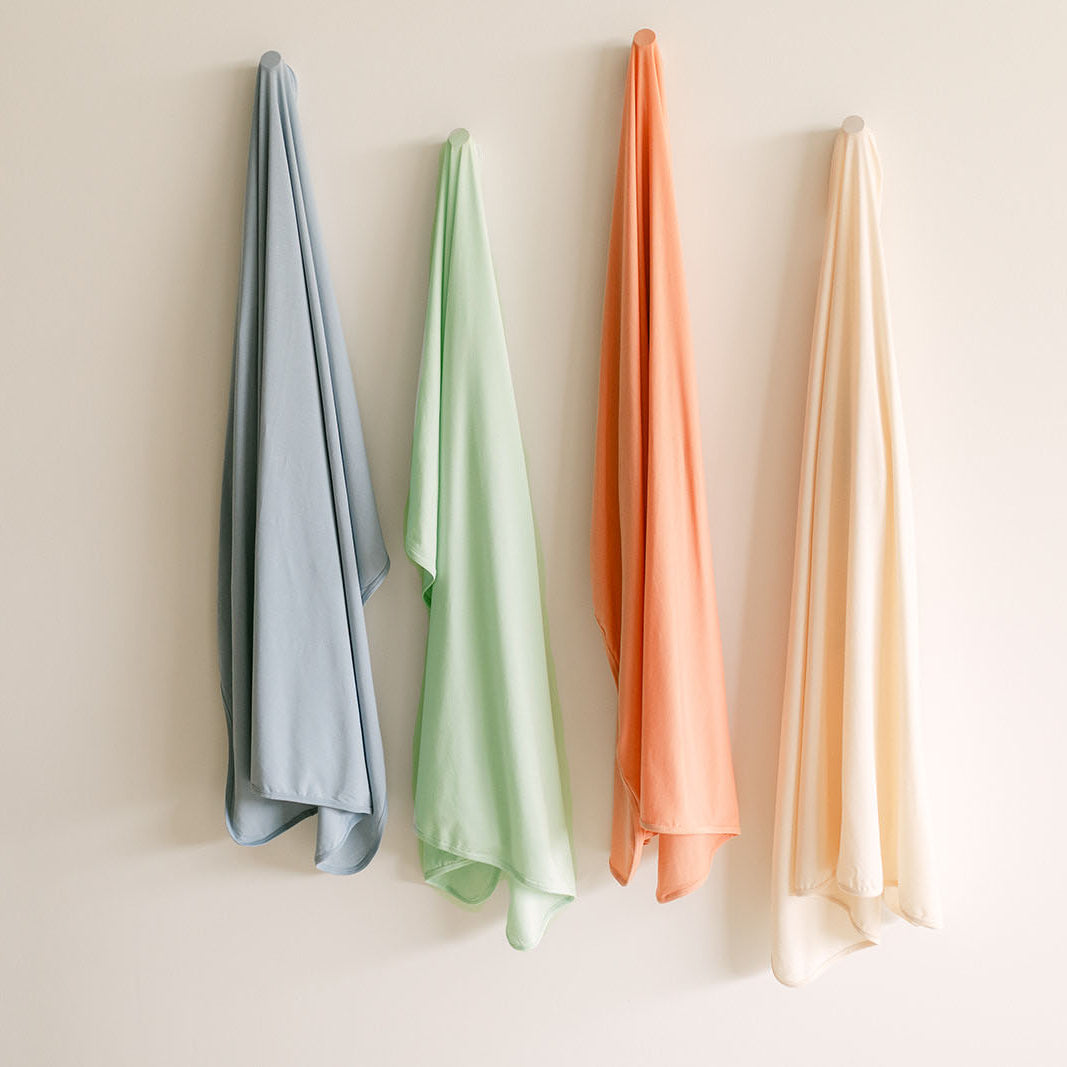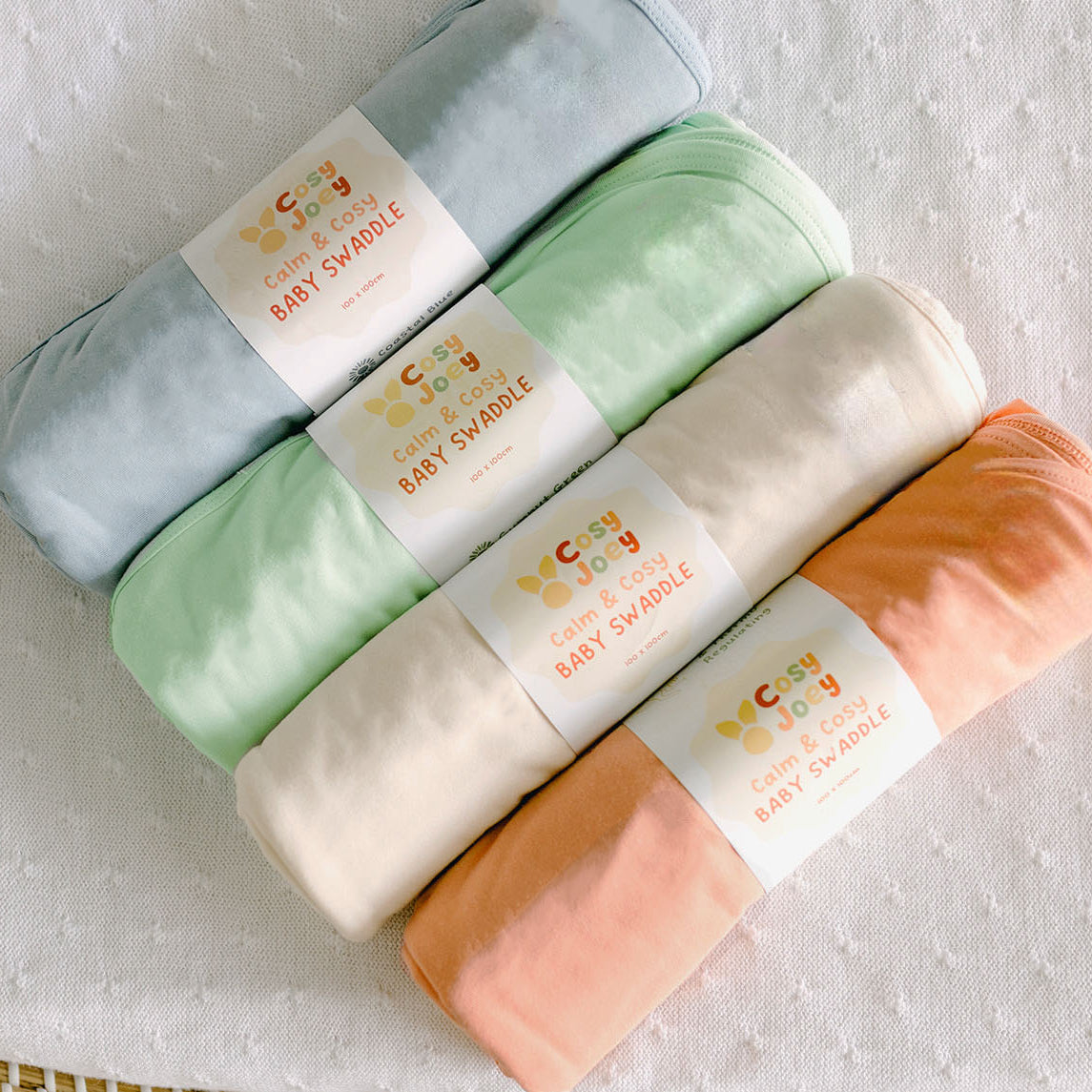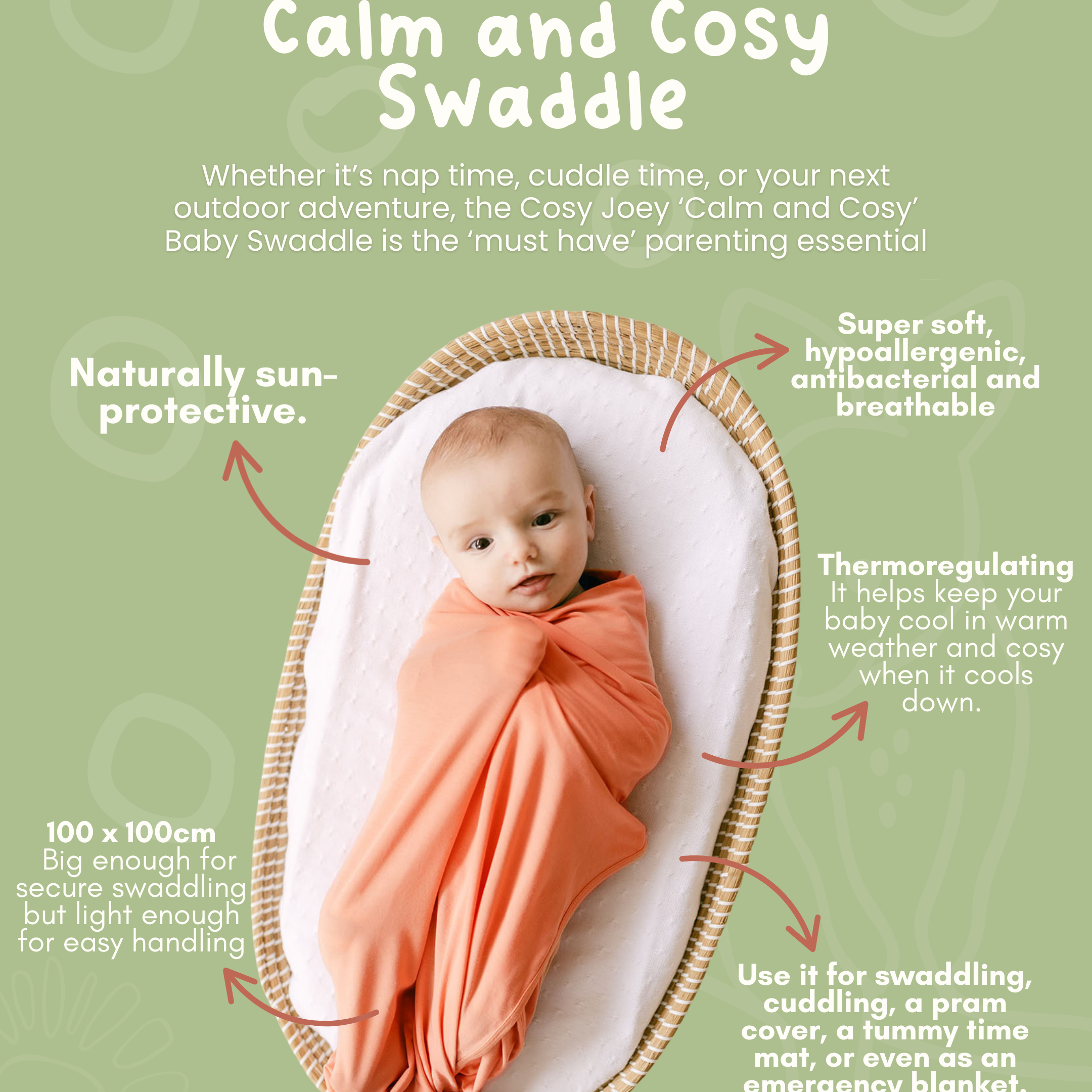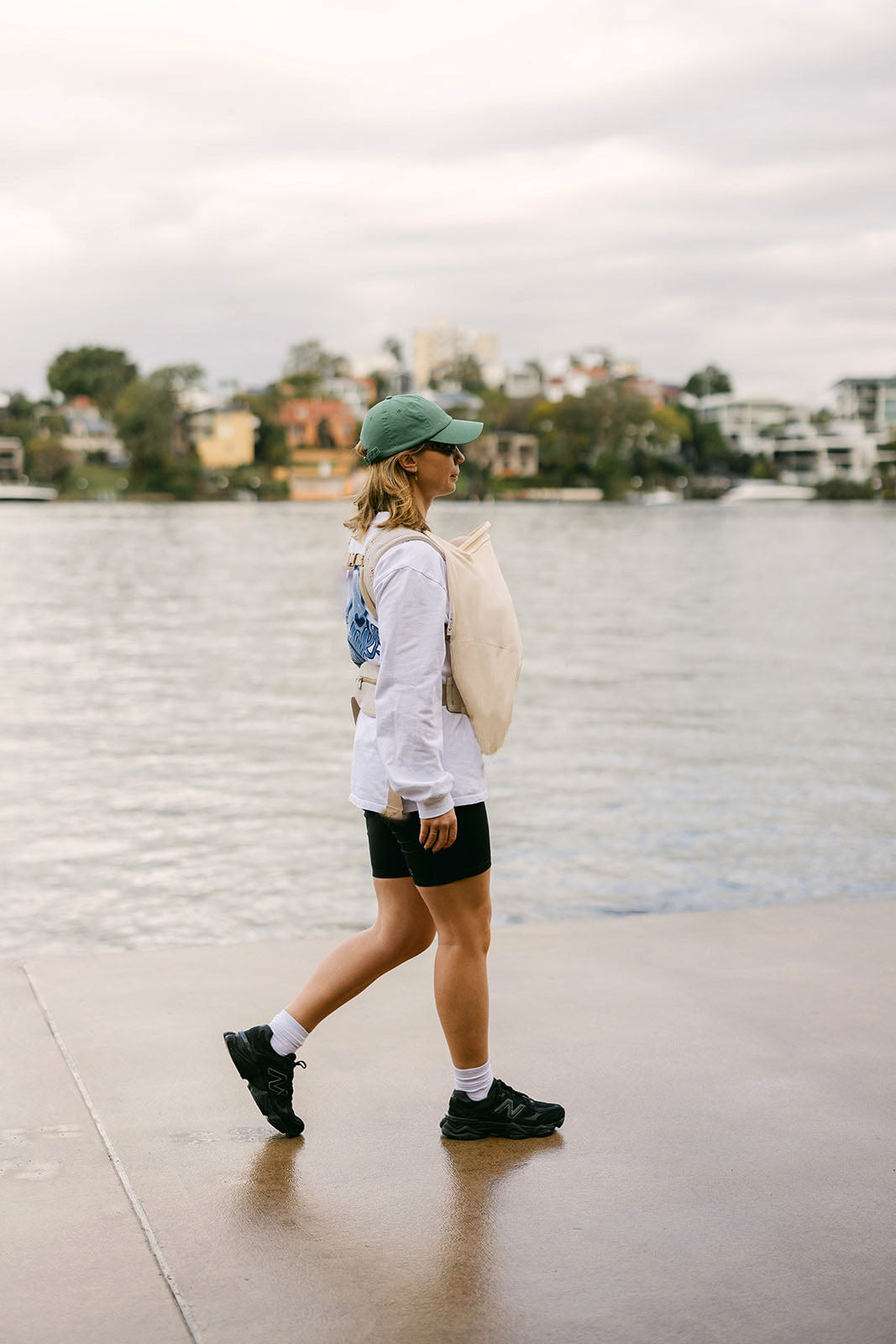Australia has some of the highest levels of ultraviolet (UV) radiation in the world, which makes sun safety a non-negotiable part of outdoor adventures. If you love the freedom and connection that babywearing brings, it’s important to understand how UV rays affect your baby—and how to keep their delicate skin safe while outdoors.
Let’s break it down: what UV radiation is, why it matters, and how you can protect your little joey when babywearing.

What is UV Radiation and Why Does It Matter for Babies?
UV radiation is invisible energy from the sun that damages the skin and eyes—even when you can’t feel its warmth.
There are two main culprits:
-
UVA rays: Penetrate deeply into the skin, causing premature ageing and long-term damage.
-
UVB rays: Cause sunburn and play a major role in skin cancer.
Both types can harm unprotected skin, even on cool or cloudy days. Babies are especially vulnerable: their skin is thinner, more delicate, and produces less melanin (the pigment that provides some natural sun defence).
UV Levels in Australia: What Parents Need to Know
The strength of UV radiation is measured by the UV Index (1 = low, 11+ = extreme).
-
Summer: UV levels are consistently high to extreme across the country.
-
Winter: Northern regions still experience moderate to high levels. Southern states may dip lower, but UV ratings often climb above 3—the level at which babies should always be protected.
-
Unpredictable: UV doesn’t match temperature. A cool or overcast day can still deliver high UV exposure.
Hot Tip: Check daily levels with the Bureau of Meteorology or the SunSmart app before heading out.
Why Babywearing Outdoors Increases UV Exposure
Babywearing is wonderful for bonding and mobility, but it also means more skin is exposed. In a carrier, your baby’s arms, legs, face, and neck are often uncovered—and carriers themselves don’t provide built-in UV protection.
Even short bursts of exposure can cause harm. Because sun damage is cumulative, protecting your baby from the very beginning is one of the best ways to lower their lifetime risk of skin cancer.
Can’t I just use Sunscreen?
For babies under 6 months, sunscreen isn’t recommended. Their skin is highly sensitive and absorbs ingredients more readily, which can cause irritation. Instead, experts, including the Australian Cancer Council, recommend:
-
Keeping babies shaded.
-
Dressing them in lightweight, protective clothing.
-
Avoiding direct sunlight during peak UV hours (10am – 3pm).
What are UPF rated fabrics?
UPF stands for Ultraviolet Protection Factor. It’s like SPF, but for clothing and fabrics. It tells you how well a fabric blocks harmful UV radiation from reaching the skin.
The higher the UPF rating, the better the protection.
· UPF 15–24 → Good protection (blocks 93–95% of UV rays)
· UPF 25–39 → Very good protection (blocks 96–97% of UV rays)
· UPF 40–50+ → Excellent protection (blocks 98% or more of UV rays)
A rating of UPF50+ is the gold standard. It means only 2% of UV rays can pass through the fabric — giving your baby the best available protection while you’re out and about.
Protecting your Babies Skin from UV while Babywearing
-
Use the Shady Baby Carrier Cover
Designed especially for babywearing, it provides UPF 50+ protection where carriers fall short—like little arms and legs. -
Pop on a Hat
Use a UPF50+ rated hat alongside the Shady Baby Cover for extra protection. If your baby won’t keep a hat on, the inbuilt sun shield in the Shady Baby is the next best thing! Remember: your baby’s face should always remain visible and uncovered for safety. -
Stay in the Shade
Whenever possible, choose shaded areas. Wearing a wide-brimmed hat yourself doubles as extra shade for baby. -
Time Your Adventures
Where possible, plan outdoor play for mornings or late afternoons to avoid the harshest UV hours. -
Keep Checking
Regularly check that your baby’s skin is covered, comfortable, and cool.
A Final Thought
At Cosy Joey, we know outdoor adventures are about more than fresh air, they’re about freedom, memories, and connection. Keep the dangers of UV in mind and follow the above tips to keep baby safe from the sun when babywearing all year long!

